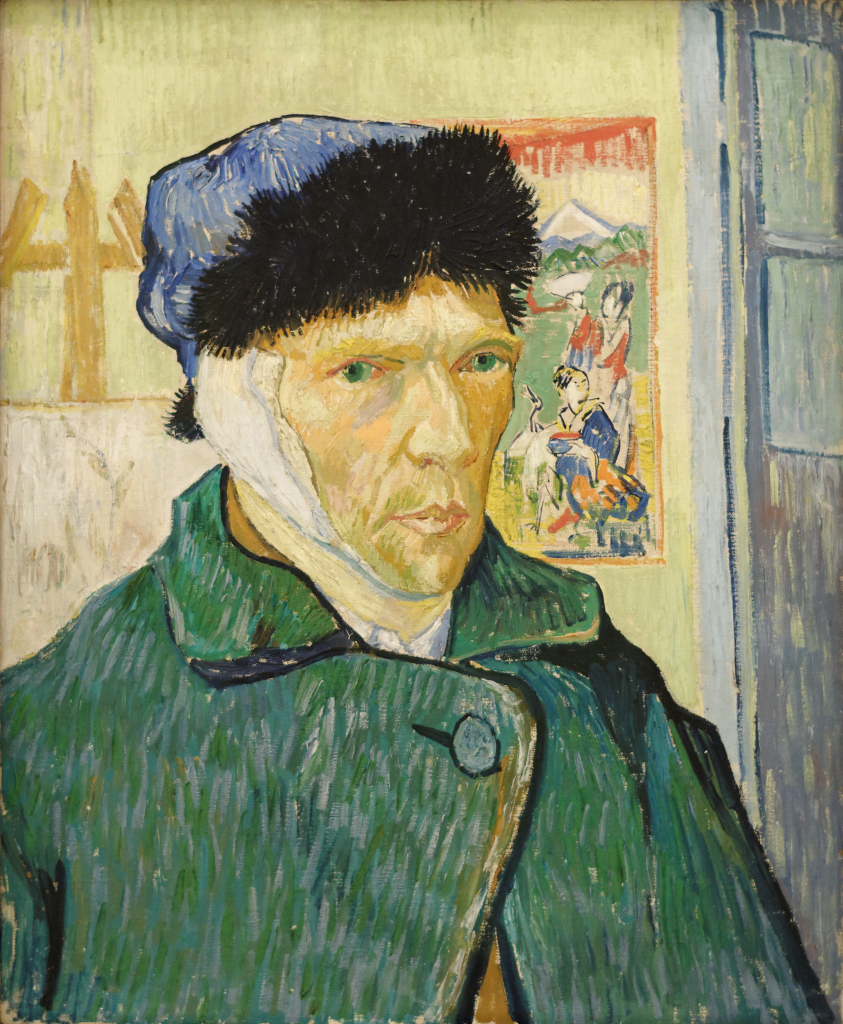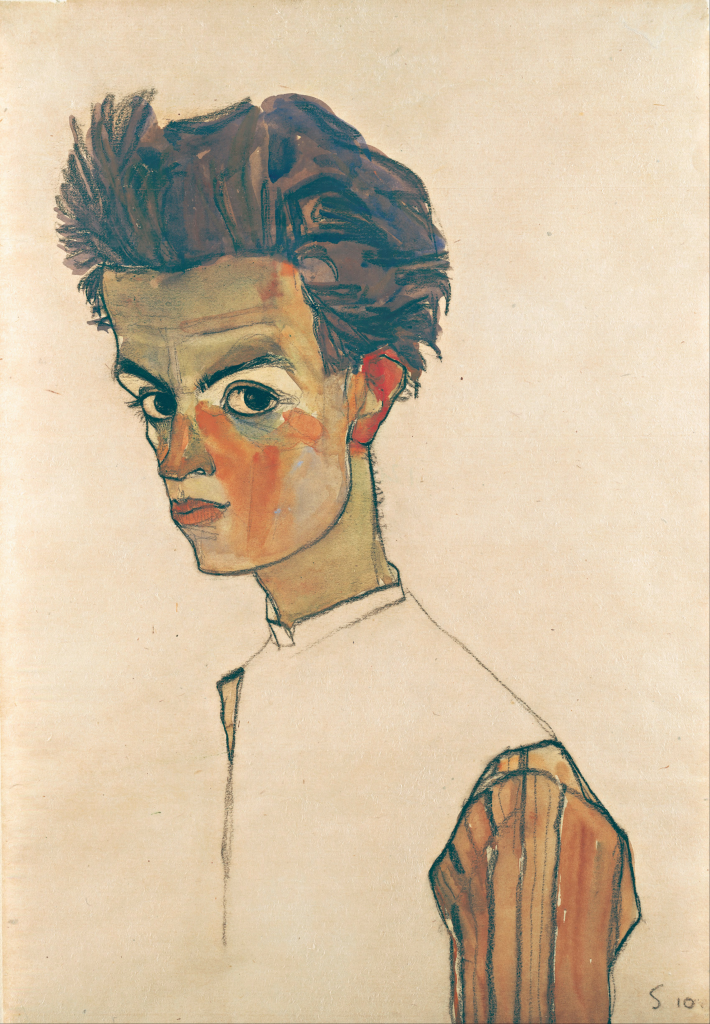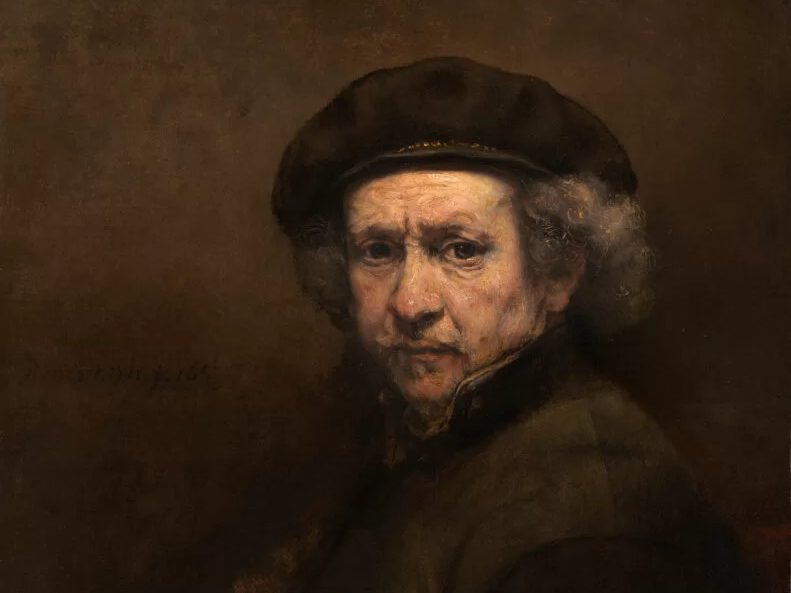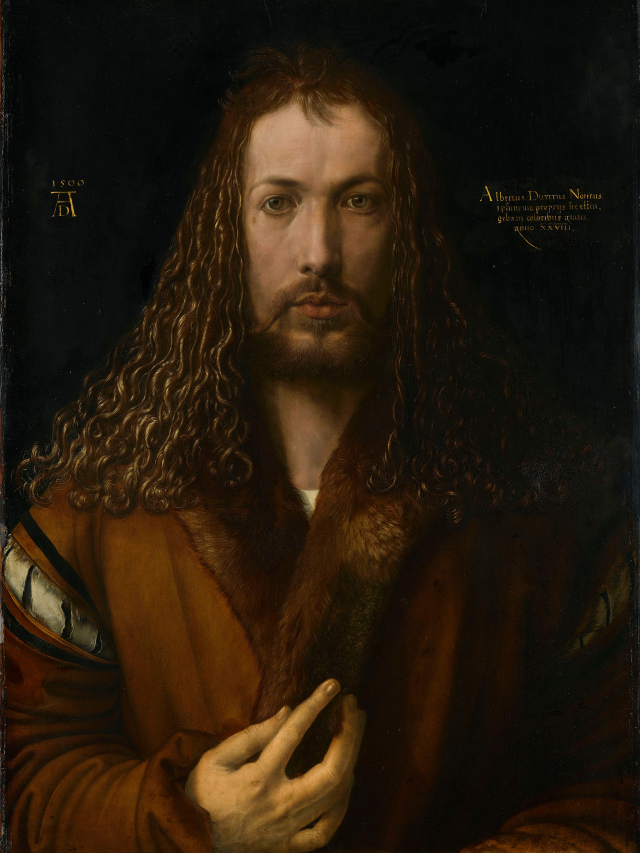The Art of Self-Portraiture
Self-portraits are a significant column in the history of art; they show more than just the inner cosmos of their artists. In many cases, these works are an exploration into the artist’s identity and feelings about his/her own self — a snapshot of their own perception or less visible side. Artists experiment with different techniques and styles, both as technical exercise and for some kind of artistic evolution through self-portraits. Self-portraits have always been important visual records of how artist looked, what social class or state status he was in and from which era. It provides a glimpse into evolving fashion, artistic works and socio-political times. In addition, self-portraits are also ways in which artists can test the edges of identity and perform interesting questions about what is considered a self or gender.
Artists, by creating their self-portraits, not only mirror back upon his own reality but in the result certify and solidify their lives into artwork and give proof of their immortality. They produce a kind of self-portrait, an enduring testament to their lives and work in art. Some of the best examples including Rembrandt, Frida Kahlo and Vincent van Gogh show how self-portraits can expose deep sides to the artists life and their place in the art world.
Self-Portrait as the Allegory of Painting
Self-portraits can be more than merely literal depictions of the artist; they can also become allegories for painting. A striking example is Leonardo da Vinci starry self-portrait imprinted with shadowy introspection & gravitas. The self-portrait of Da Vinci shows us the artist who is at once creator and observer, a man charting cause-and-effect within his own mind, then reflecting it back in the false universality of oil on canvas.
Famous Self-Portrait Paintings
A self-portrait of Leonardo da Vinci, made at the end of the 15th century, is one of those works that has so intrigued art lovers for centuries. Despite disputes over its authenticity, it is an important part of knowledge about the self-image of a master and his way to convey human emotions. The intricate detail of this self-portrait and the thoughtful look on his face serve as testaments to Da Vinci’s attention to both artistry and himself.

While celebrated artists have long used it as a form of introspection and communication, the self-portrait genre has had something of a mutability to go along with its great honour. Self-portrait paintings share different ways of representing the self from Vincent van Gogh, to Rembrandt or Egon Schiele. We are not only able to learn about the techniques used by many artists in developing their works but we are also made privy to their emotional states.
Painting Self-Portraits: Techniques and Approaches
There are a few painting techniques to master in the realm of self-portraits — from mirroring your physical likeness and impressing yourself on a canvas with realistic detail, all the way toward subtleties that convey psychological depth. You see, artists are always experimenting with different styles, mediums and compositions to showcase their unique perceptions. From perceptual detail to a conceptual distillation, the ways in which we portray are evolving.

Frida Kahlo’s Self-Portrait Paintings
Some of history’s most poignant and iconic self-portraits come from Frida Kahlo. Through her self-portraits, like “The Two Fridas” and “Self-Portrait with Thorn Necklace and Hummingbird,” she documented the pain and suffering that she went through both emotionally and physically. Kahlo’s interpretation of scenes in vibrant hues and symbolic images forms a narrative that remains culturally relevant today.

Frida Kahlo’s Self-Portrait Paintings: An Insight into Her World
Celebrated for her almost disturbing candour and lush symbolism, Frida Kahlo paints self-portraits of dizzying truth. She makes her self-portraits as a mixed technique that fuses characteristics of Mexican folk art with her personal symbolism, providing an analysis of identity, harrowing experiences, and resilience. These works reflect — not only Kahlo’s artistry but in her singular determination to depict herself as she truly was.

Paint Self-Portrait: A Journey of Self-Discovery
A Self Portrait is not just an art exercise its unveiling a self inside. Through self-portrait painting artists can confront their inner thoughts, approach, and communicate the experiences in which they undergo. If you are an aspiring artist yourself, or simply have an interest in the world of art self-portraits can help give you a sense of place within historical and then modern artistic practices.
Feature Image: Rembrandt van Rijn, Self-portrait, 1659, National Gallery of Art, Washington DC, USA.| courtesy: daily art magazine






